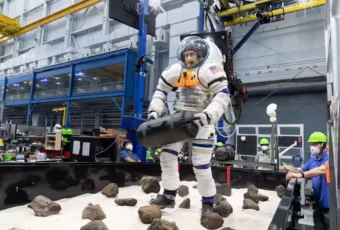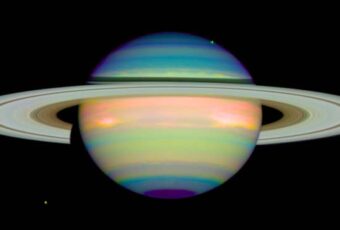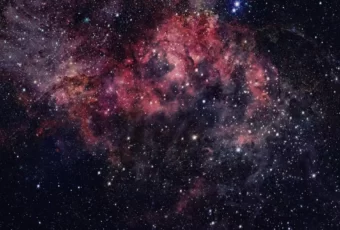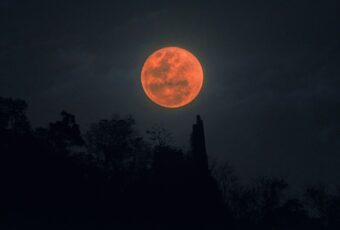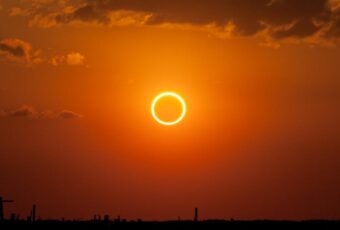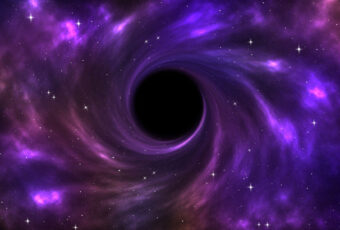Bad Day At Black Rock (1955)
Kicking off this list is Bad Day At Black Rock, a 1955 powerfully tense, fast-paced suspenseful drama with a hard message toward racial prejudice. The film takes us on the journey of a mysterious man who arrives at a tiny isolated town in search of a man. Bilge Ebiri even considers the film as “one of the greatest films ever made.”
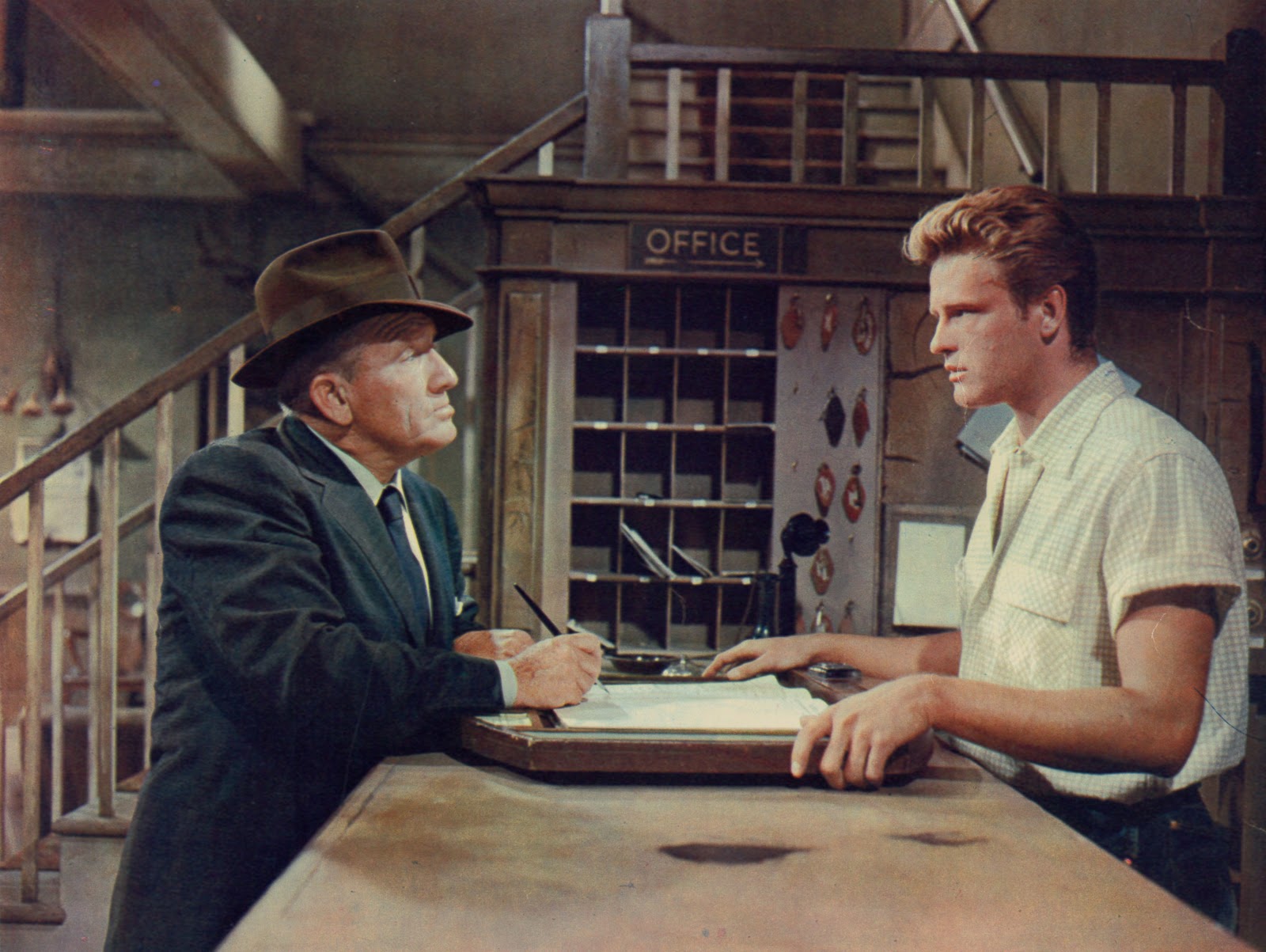
Bad Day At Black Rock (1955)
Django Unchained (2012)
Quentin Tarantino knocks it out of the park with this revisionist Western film starring Jamie Foxx, Christoph Waltz, Leonardo DiCaprio, Kerry Washington, and Samuel L. Jackson. Django Unchained was nominated for numerous film industry awards, including five Academy Awards. The film grossed just over $425 million worldwide, not bad. Set in the South just two years before the Civil War, we watch as a freed slave, together with the help of a German bounty hunter, sets out to rescue his wife from a brutal Mississippi plantation owner.
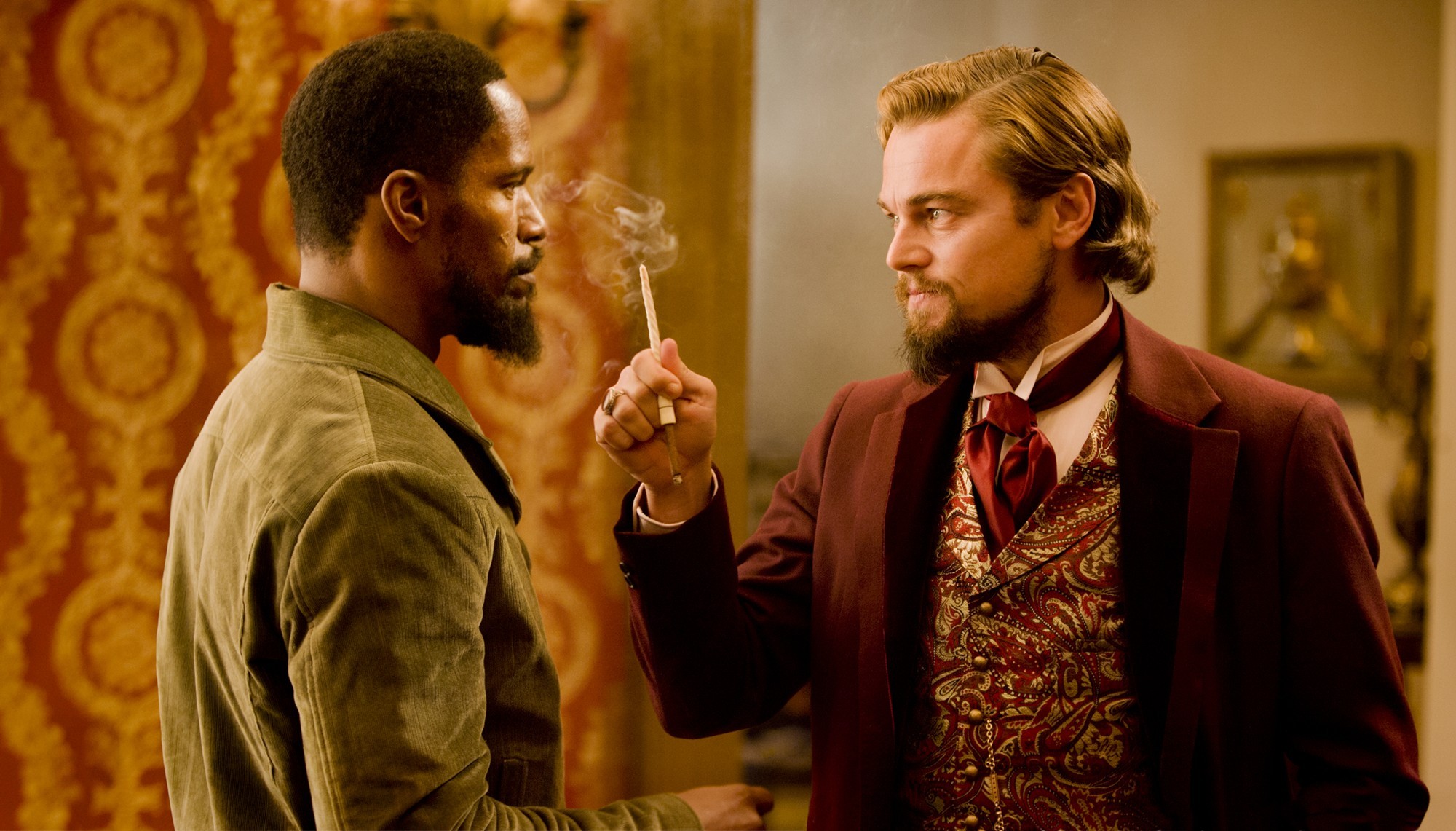
Django Unchained (2012)
For A Few Dollars More (1965)
Now this was just one of the western films that Clint Eastwood starred in that launched him into stardom. The violence in this film is raw and unbridled, in fact, director Alex Cox considers the church scene to be “the most horrible deaths” of any Western film. The plot features an ongoing battle with the bounty hunter Col. Douglas Mortimer and the Man With No Main must join forces with his enemy in order to to capture the homicidal bandit, Indio.
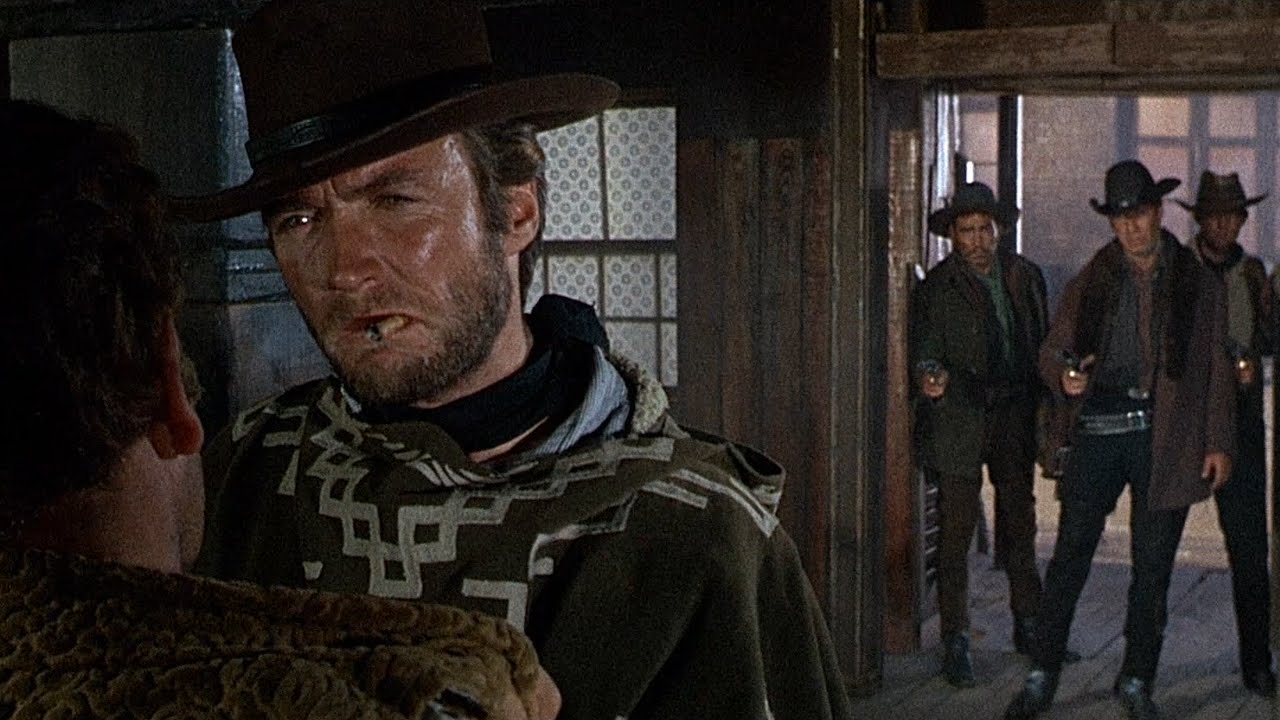
For A Few Dollars More (1965)
Fort Apache (1948)
Fort Apache one of the first films that presented an authentic and sympathetic view of the Native Americans involved in the battle – the screenplay was actually inspired by James Warner Bellah’s short story “Massacre,” and stars John Wayne and Henry Fonda. The justice, heroism, and honor presented in this film is electric.
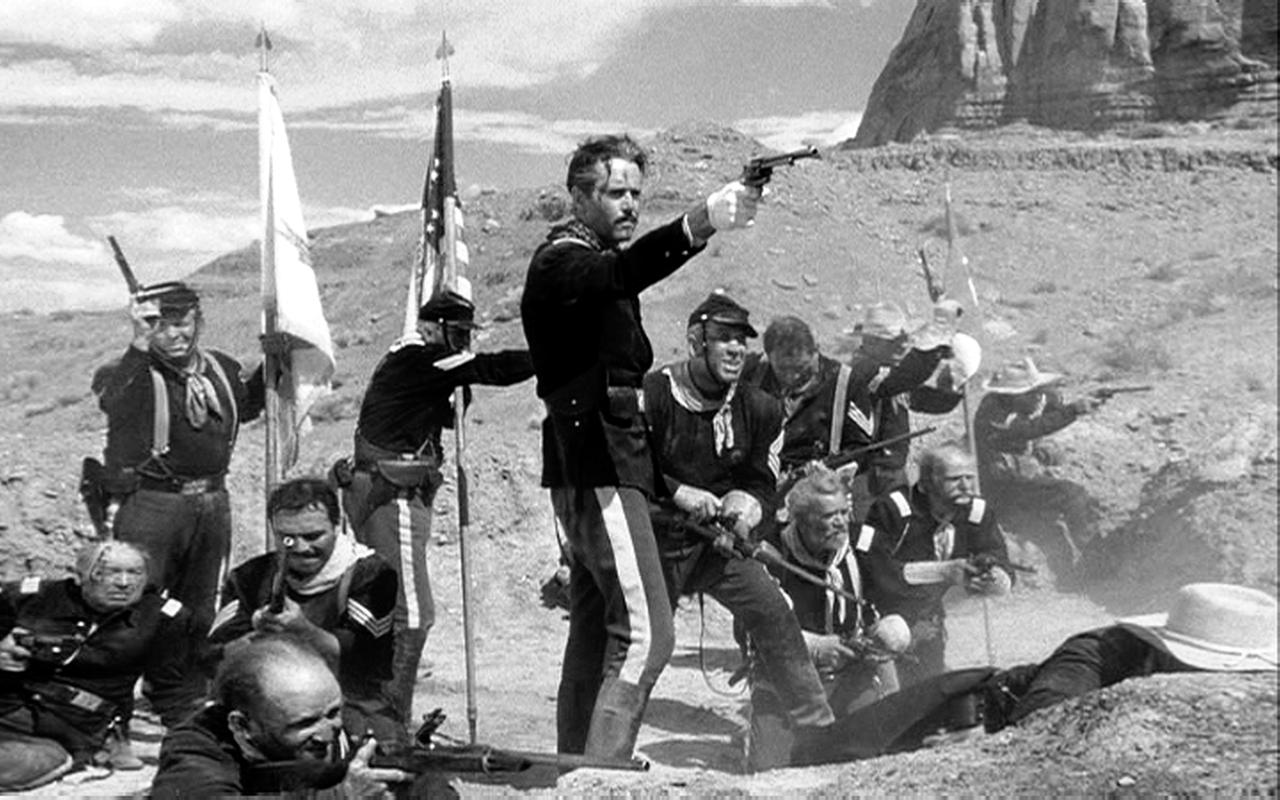
Fort Apache (1948)
Greed (1924)
This 140-minute version of Greed is all that remains (the original is a ten-hour version of Erich von Stroheim’s most famous movie), and while the 1924 film is a mere quarter of the original, it’s still one of the greatest accomplishments of the silent film era. While it was considered a flop when it originally came out, by the 50’s it began to be regarded as one of the greatest films ever made.
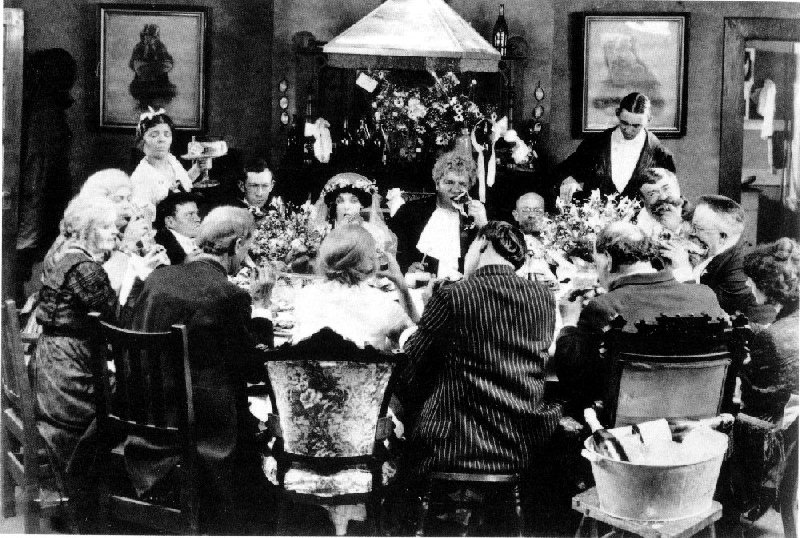
Greed (1924)
The Big Country (1958)
Gregory Peck plays a naval man who heads west to marry Carroll Baker, the daughter of rancher Charles Bickford. However Bickford is mixed up in a water-rights feud with the greedy Burl Ives, so both he and his daughter are hoping that Peck can take care of himself. Many events transpire but when Jean is kidnapped by Ives’ no-good son, Peck must take action. President Dwight D. Eisenhower was a huge fan of the film!
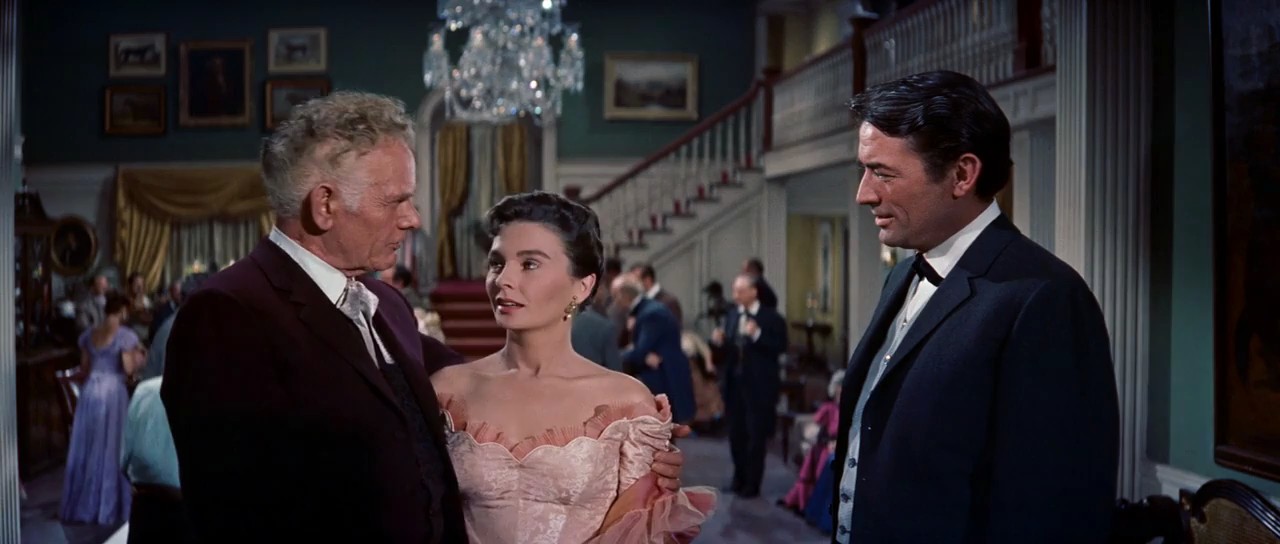
The Big Country (1958)
High Noon (1952)
This classic western shows us a marshal preparing to retire because of his upcoming marriage but when he learns that four outlaws will storm the town at noon to kill him, he’s torn between his sense of duty and his love for his bride to be. This film was selected for preservation in the United States National Film Registry by the Library of Congress in 1989 because it is “culturally, historically, or aesthetically significant.”
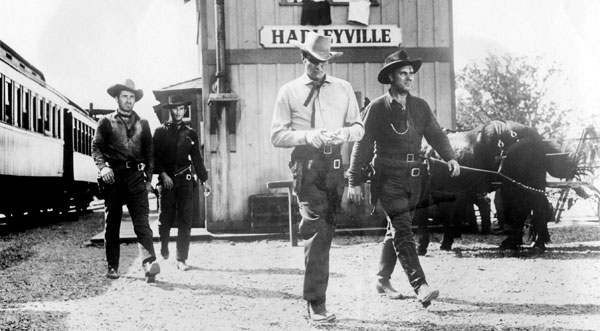
High Noon (1952)
Dances With Wolves (1990)
If you haven’t watched Dances With Wolves a dozen times, then you’re missing out. First of all, it won seven Academy Awards including Best Picture and the Golden Globe Award for Best Motion Picture – Drama. In 2007, it was selected for preservation in the United States National Film Registry by the Library of Congress as being “culturally, historically, or aesthetically significant.” Director Kevin Costner, who also stars in the film, shows us the beautiful story of an unlikely friendship between a Civil War soldier and a band of Sioux Indians.
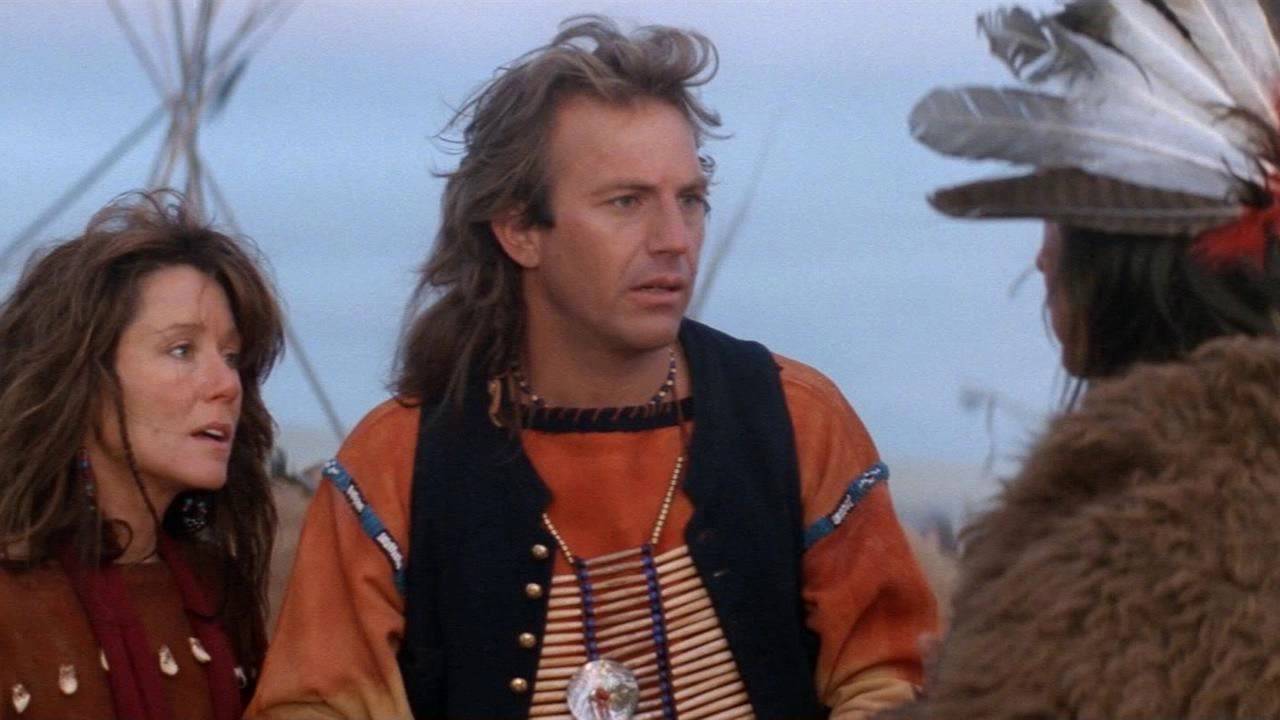
Dances With Wolves (1990)
My Darling Clementine (1946)
Director John Ford took inspiration from the life and legend of the mighty Wyatt Earp, the lawman who teamed with Doc Holliday during the famous gunfight at the O.K. Corral. My Darling Clementine is still regarded as one of the best Westerns ever made.
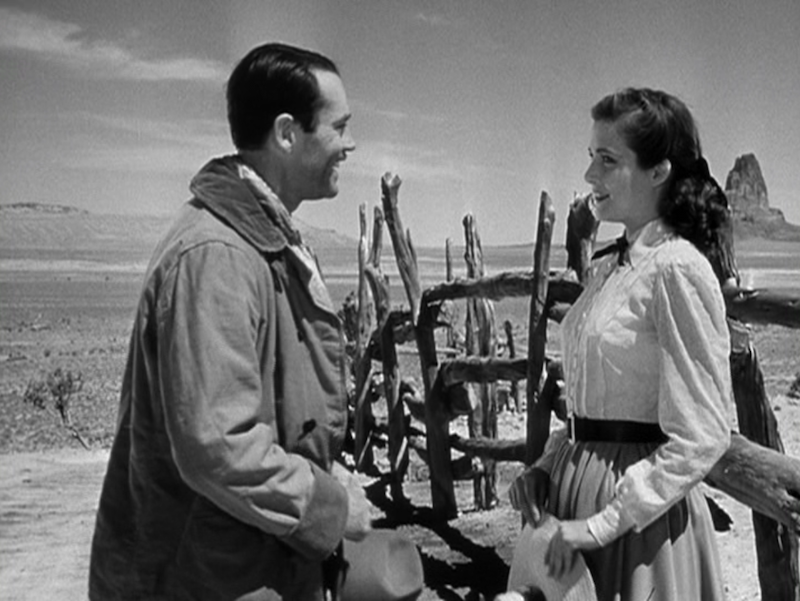
My Darling Clementine (1946)
Once Upon A Time In The West (1969)
Once Upon A Time In The West is acknowledged as a true masterpiece and is considered one of the greatest films ever made. It’s also an epic revenge story which transformed the standard Western plot with the visual impact of widescreen landscapes and the its figures.
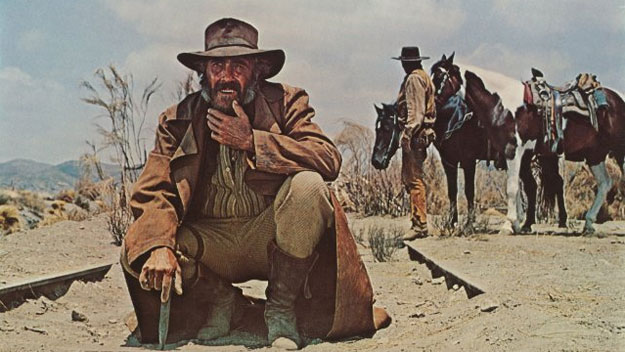
Once Upon A Time In The West (1969)
Stagecoach (1939)
Director John Ford did something extraordinary, he combined action, drama, humor, and well-drawn characters into the story of a generic stagecoach leaving Tonto, New Mexico for a distant settlement in Lordsburg, with a diverse set of passengers on board. Which explains why in 1995, this film was considered “culturally, historically, or aesthetically significant” by the United States Library of Congress and selected for preservation in their National Film Registry.

Stagecoach (1939)
The Magnificent Seven (1960)
This incredible film follows seven gunfighters that were hired to protect a small village in Mexico from a group of marauding bandits and their leader. The film is actually a remake of Akira Kurosawa’s 1954 Japanese film ‘Seven Samurai’. In 2013, it was preserved by the United States National Film Registry by the Library of Congress.
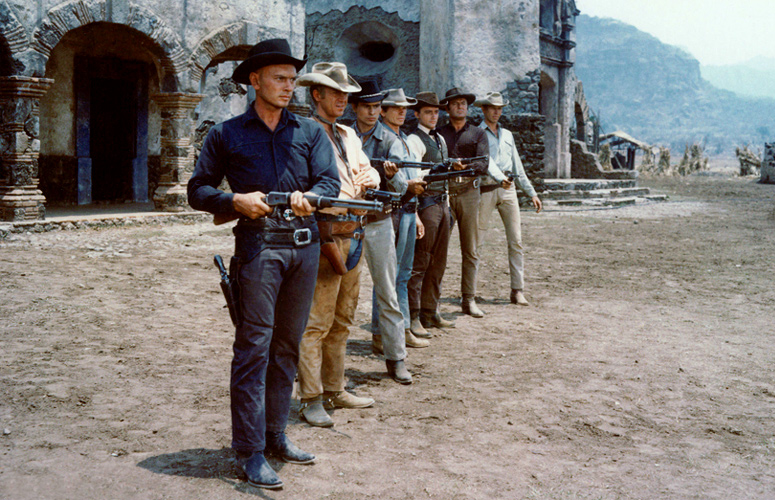
The Magnificent Seven (1960)
The Man Who Shot Liberty Valance (1962)
Directed by John Ford starring James Stewart and John Wayne, the black-and-white film was selected in 2007 for preservation in the United States National Film Registry by the Library of Congress as being “culturally, historically, or aesthetically significant”. It’s often considered to be Ford’s best movie ever made.

The Man Who Shot Liberty Valance (1962)
The Ox Bow Incident (1943)
The tale of two drifters passing through a Western town, right when news hits that a local farmer has been murdered and his cattle stolen. The townspeople, along with the drifters, form a group to catch the perpetrators. They find three people guilty and want to seek an unjust justice then and there. Director William Wellman’s study of mob mentality is universally acclaimed as one of the classics of this western genre.
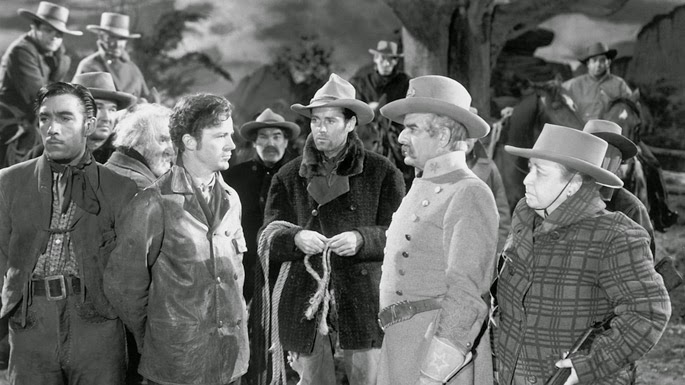
The Ox Bow Incident (1943)
The Treasure Of The Sierra Madre (1948)
This film was actually one of the first Hollywood films that was filmed on location outside of the United States! The film is about the corrupting influence of greed as it follows gangs in Mexico that are terrorizing the countryside.
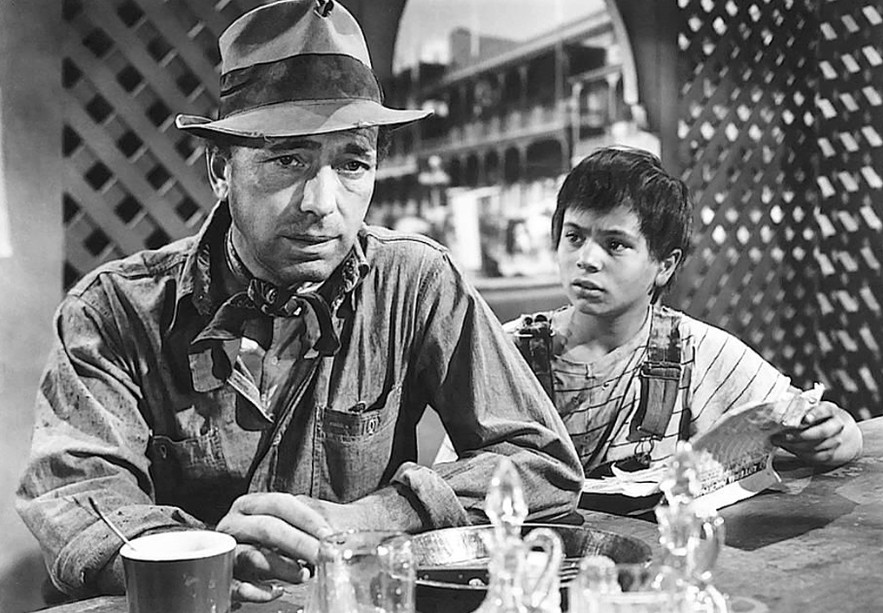
The Treasure Of The Sierra Madre (1948)
The Searchers (1956)
If you know anything about Western films then you know this John Wayne classic. Ever since it was released in 1956, it is considered a masterpiece, and one of the greatest and most influential films ever made. Talk about impressive. We won’t ruin the plot for you, we’ll just say, you gotta see this film! Talk our word for it!
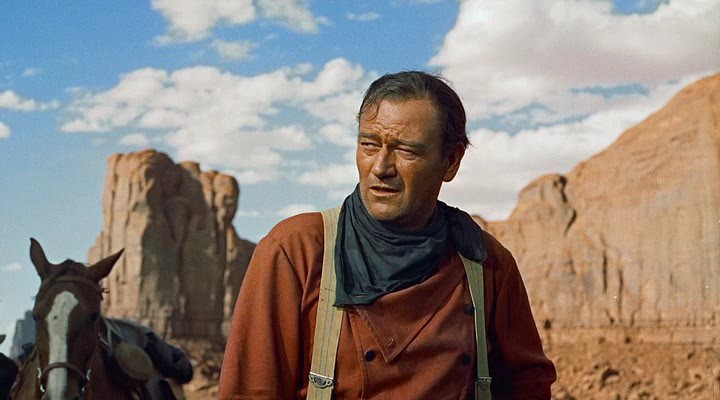
The Searchers (1956)
The Shootist (1946)
The Shootist was John Wayne’s final film and boy, was it a success. It received an Academy Award nomination for Best Art Direction, a BAFTA Film Award nomination for Best Actress, and a Golden Globe Award nomination for Best Supporting Actor. Also the National Board of Review Award listed the film as one of the Top Ten Films of 1976. Be sure to add this film to your must-sees, you won’t be sorry.
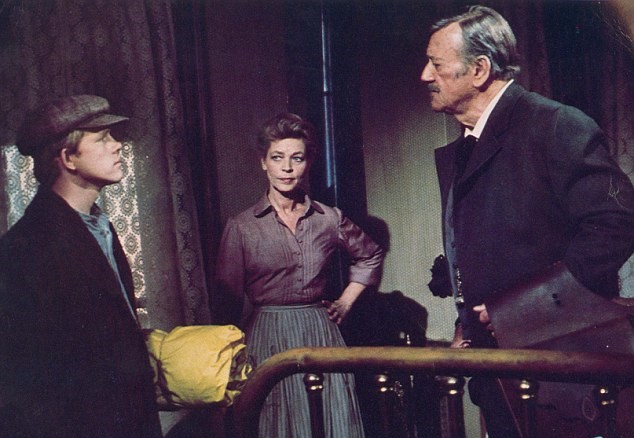
The Shootist (1946)
Winchester ’73 (1950)
Winchester ’73 follows the journey of a prized rifle from one ill-fated owner to another, along with a cowboy’s search for a murderous fugitive. In 2015, the United States Library of Congress preserved it in the National Film Registry.
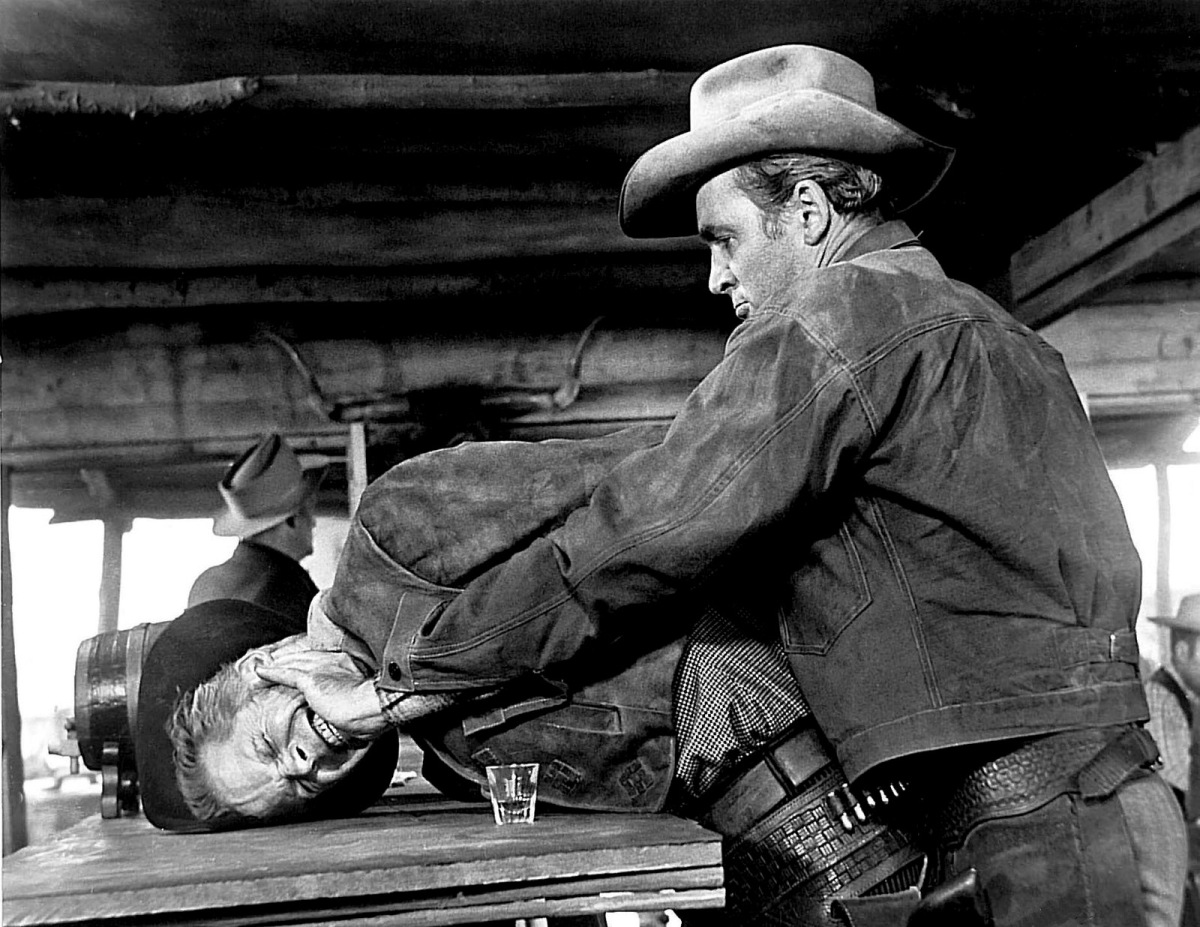
Winchester ’73 (1950)
The Wild Bunch (1969)
Directed by Sam Peckinpah, the film shows an aging outlaw gang lkiving on the Texas–Mexico border that is just trying to exist in the changing modern world of 1913. However, the film was considered extremely controversial because of its graphic violence and portrayal of crude men which attempted to survive by any means available. Since then, it has won numerous awards and was even chosen as the sixth-best Western ever made.
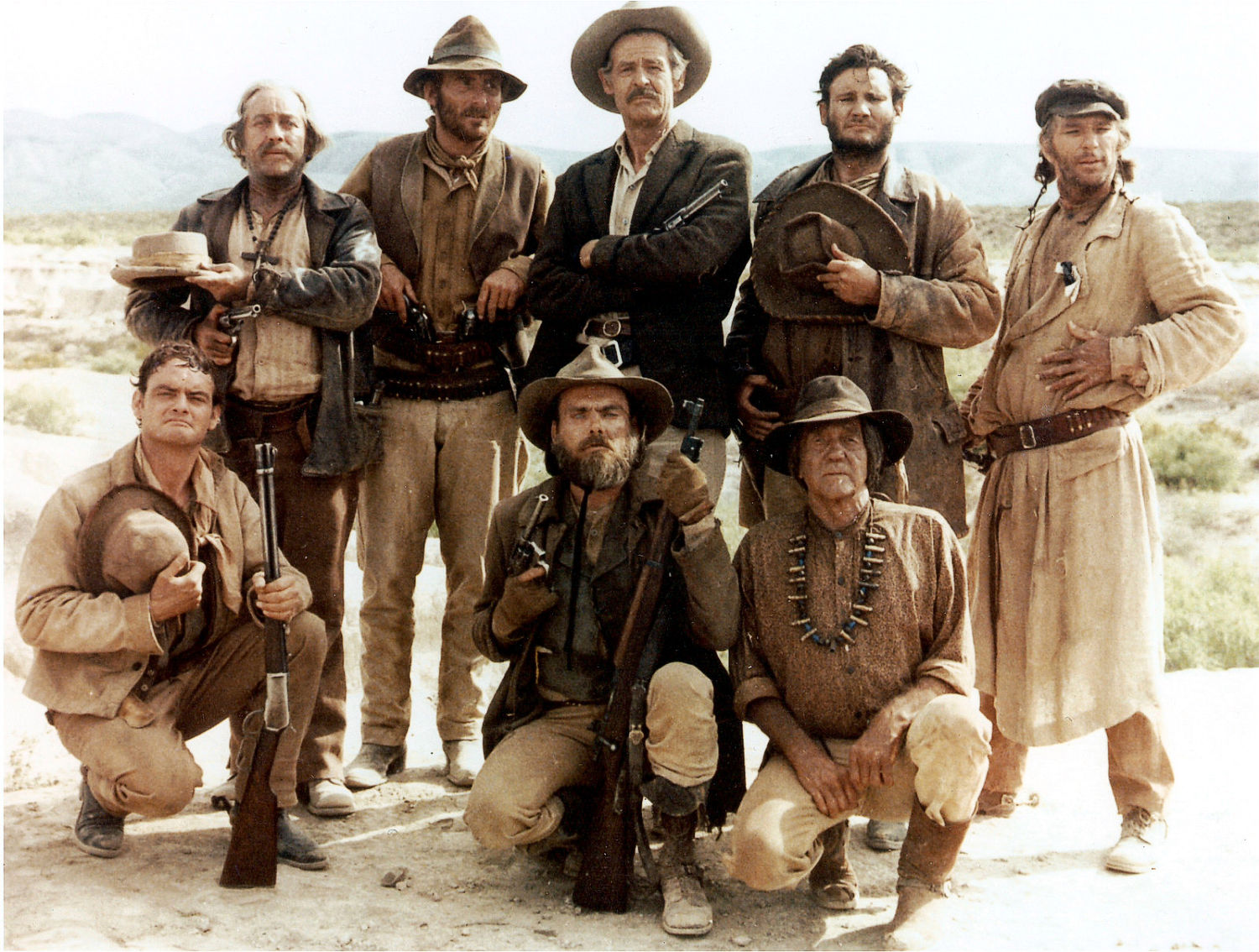
The Wild Bunch (1969)
True Grit (2010)
True Grit was nominated for ten Academy Awards, probably because it was a truly mesmerizing, action packed, emotionally charged Western hit. We’re taken on a journey following 14-year-old Mattie Ross who joins forces with an aging U.S. marshal and a lawman while they track her father’s killer in the hostile Indian territories.
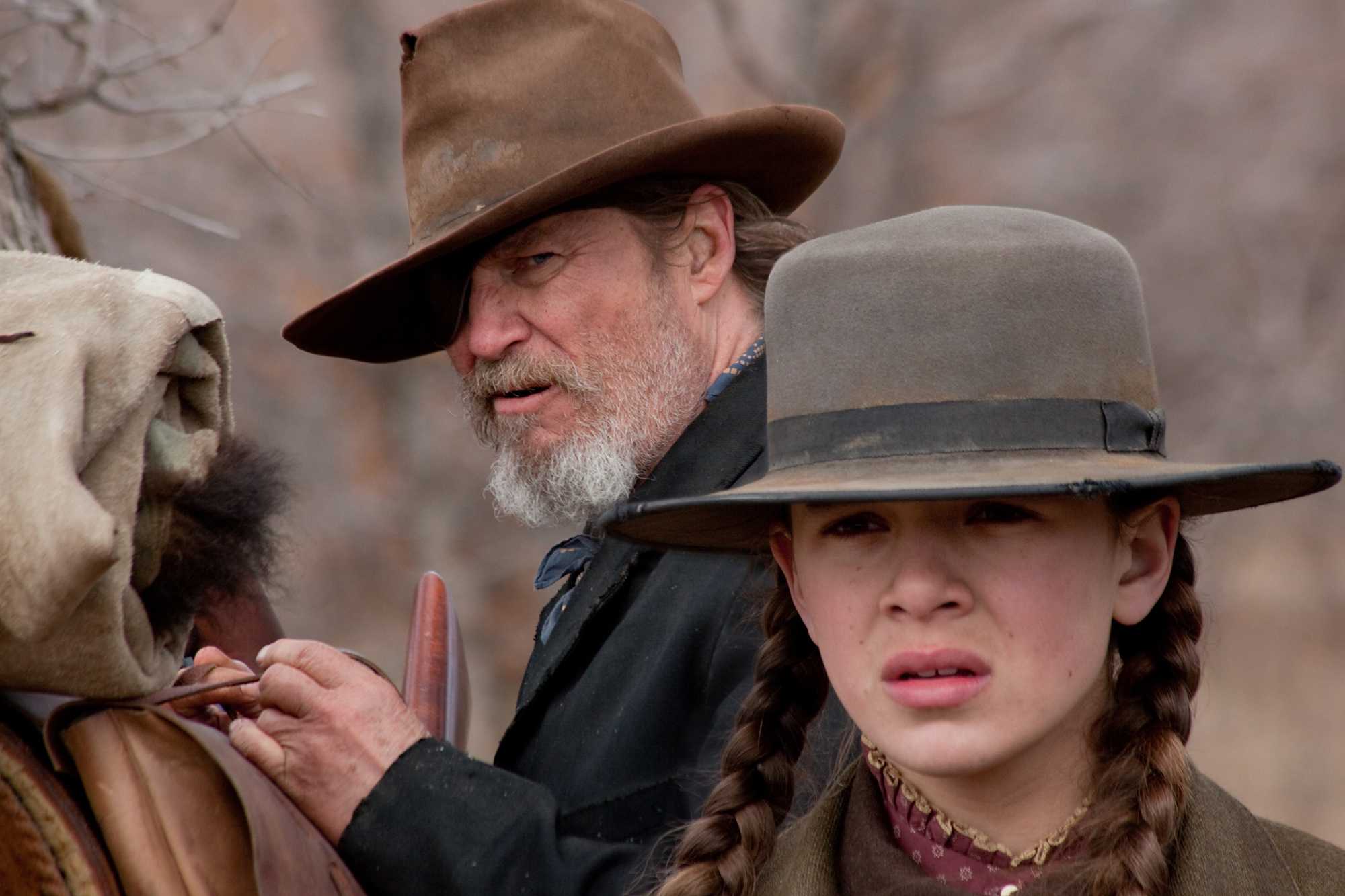
True Grit (2010)
Tombstone (1993)
Ahh, Tombstone is a classic, one that’s near and dear to my heart personally. This wonderful film is based on events that happened in Tombstone, Arizona, which include the Gunfight at the O.K. Corral and the Earp Vendetta Ride, during the 1880s. It beautifully depicts many western outlaws and lawmen, like Wyatt Earp, William Brocius, Johnny Ringo, and Doc Holliday.
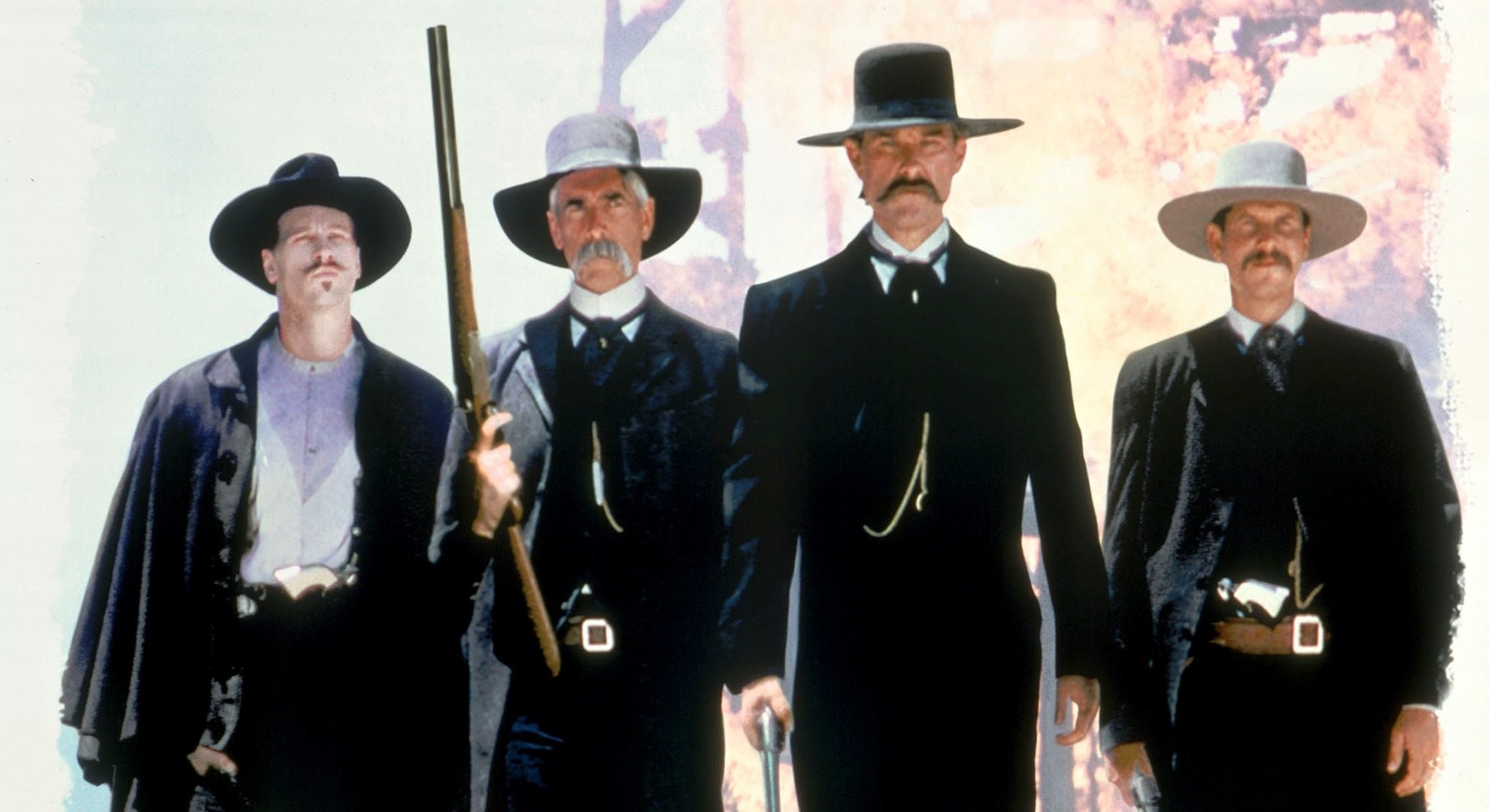
Tombstone (1993)
Butch Cassidy And The Sundance Kid (1969)
You’ve probably heard about this film a dozen times over and for all the right reasons, it’s a classic! This film shows the Wild West outlaws Robert LeRoy Parker, known as Butch Cassidy, and his partner Harry Longabaugh, the “Sundance Kid”, who are on the run after committing a string of train robberies. The duo along with Sundance’s lover, Etta Place, flee to Bolivia in the hopes of gaining a more successful criminal career, but its where they meet their end. The film went on to win four Academy Awards.
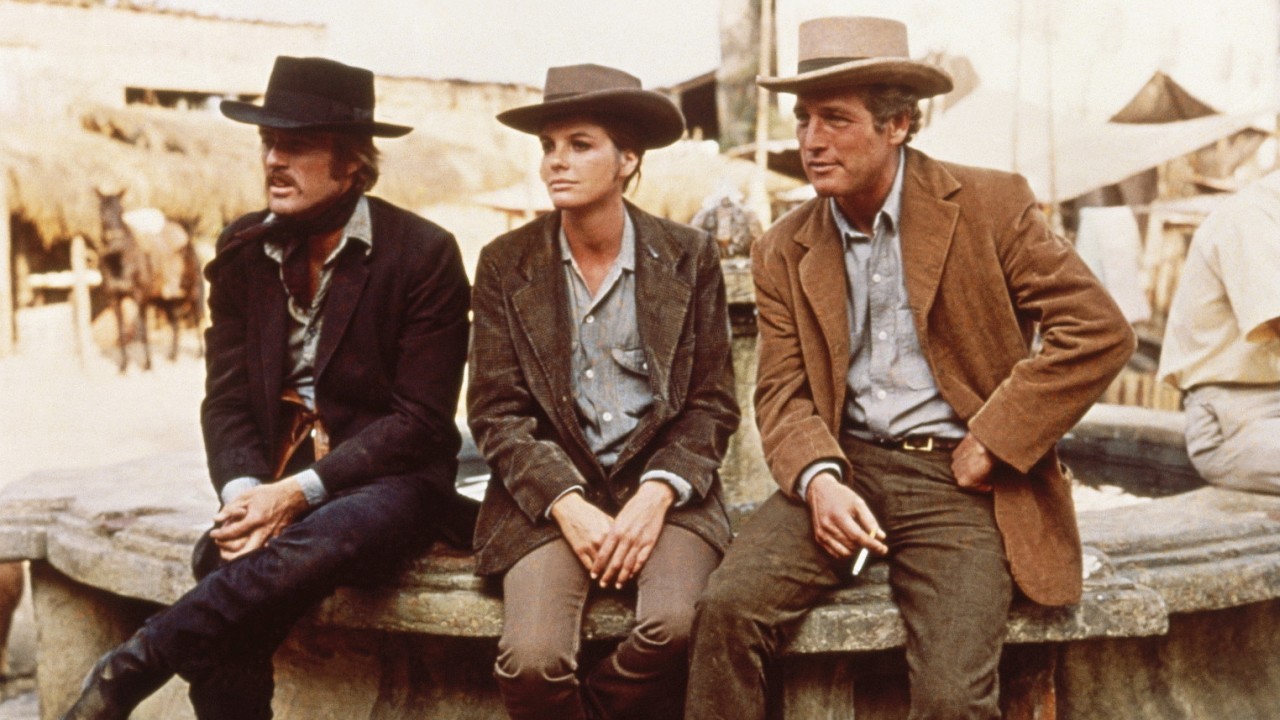
Butch Cassidy And The Sundance Kid (1969)
Unforgiven (1992)
Directed by the incredible Clint Eastwood and written by David Webb Peoples, this film portrays William Munny, an aging outlaw and killer who takes on one last job after many years of retirement. Unforgiven won four Academy Awards and was preserved in the United States National Film Registry of the Library of Congress in 2004.
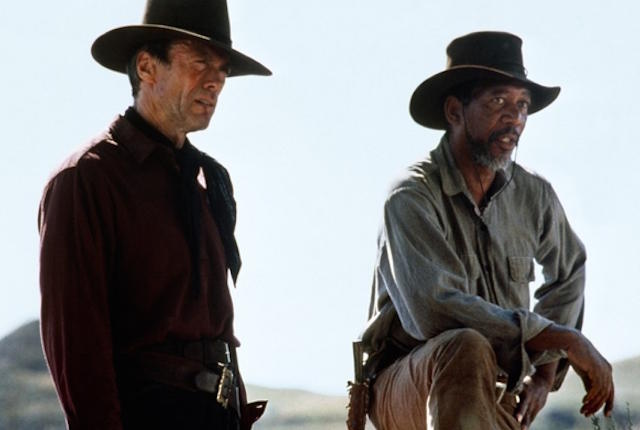
Unforgiven (1992)
The Good, The Bad And The Ugly (1967)
And alas, here we are, the number one spot! The plot of this epic film is centered around three gunslingers competing to find fortune in a buried cache of Confederate gold amid the bloody American Civil War. Today, it is considered to be a highly influential example of the Western film genre and also one of the greatest films of all time. Boom.
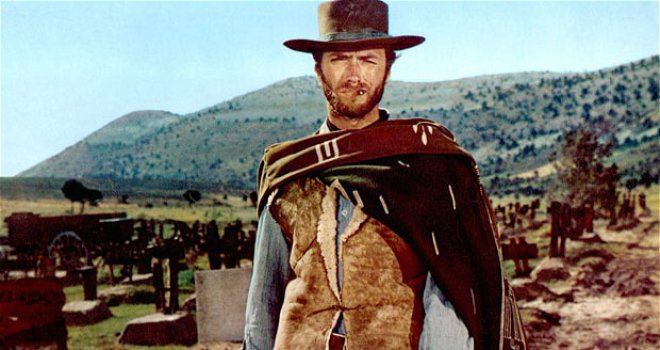
The Good, The Bad And The Ugly (1967)



